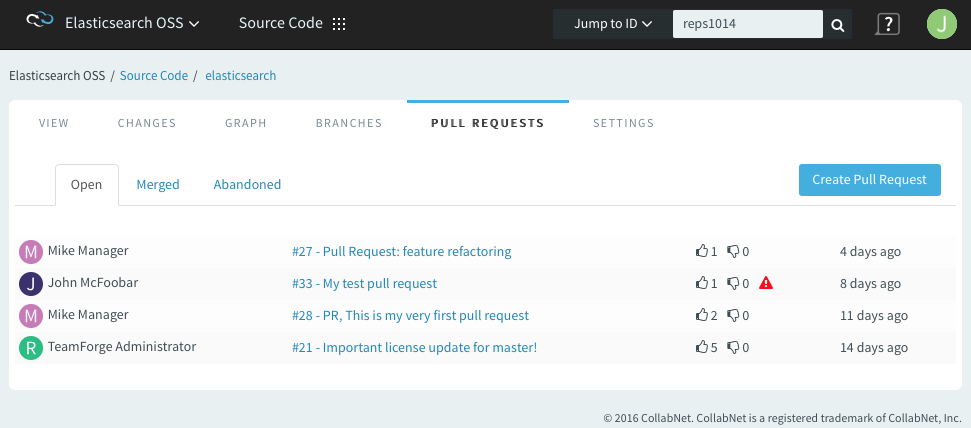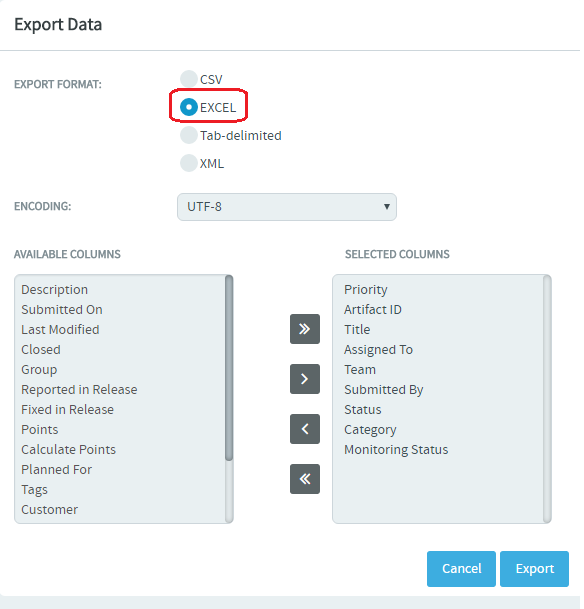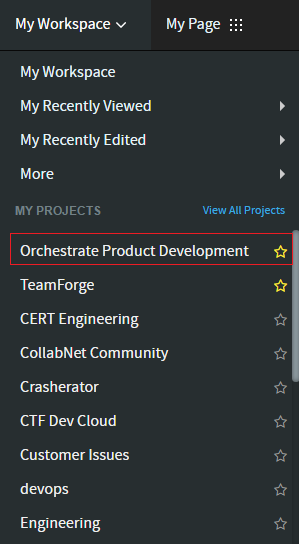TeamForge 16.3 highlights
Check out the cool new features and enhancements to TeamForge with its new 16.3 release.
Check out the documentation here for more information. Here's the Release Notes with the list of new features and bug fixes. TeamForge 16.3 Update 1 is also available that includes a few critical updates to TeamForge 16.3. Check out the release notes here.
You can also see the CollabNet TeamForge training page for your TeamForge 16.3 training needs.
Git/Pull Request
- Gerrit v2.12.2 support: TeamForge 16.3 supports Gerrit v2.12.2.
- Pull Request: Pull request is now a fully integrated solution of the code
browser component. It is a collaborative, branch-based development workflow, allowing
developers and other stakeholders to review, discuss and vote on code changes before
reaching the targeted branch. To know more about the feature, see Pull request overview and Pull request step-by-step.

Orchestrate/Integrations
- Chef integration: The new TeamForge Orchestrate Chef adapter supplies deployment data from your Chef environment to TeamForge Orchestrate. Newly released integration provides associations between Chef events (such as deployments) and upstream builds and binary artifacts, extending the TeamForge traceability footprint. The integration also captures Chef data for centralized event reporting purposes. For more information, see Chef adapter overview.
- JIRA cloud integration: Newly released webhooks-based integration (no plugin required) associates JIRA Cloud issues to TeamForge commits, extending the TeamForge traceability footprint. The integration also captures JIRA Cloud issue data for centralized event reporting purposes. For more information, see JIRA Cloud integration overview.
- JIRA Server and Cloud integration: Added support for JIRA version 7.1.
Team and Planning Folder monitoring
Previously you could monitor only the items within a planning folder, but now monitoring can be done at the planning folder level itself. With the appropriate permission, you can also add users for monitoring them. For more information, see Monitor a planning folder.
You can now monitor a team and also items within a team. For more information, see Monitor a team.
Export artifacts to Excel (.xslx format)

Show recent repositories in My Workspace
The left pane on the My Workspace page now displays My Recent Repositories showing repositories to which five most recent commits were made by the user. Clicking the link takes you to the configured code browser for that repository.
Top navigation enhancements
Continuing with the top navigation redesin, the TeamForge web application header has the following changes:
- You can now mark your favorite projects so that they appear at the top of your
My Projects list. These selections are retained across
sessions.

- Streamlined search area featuring a visually clarified input area.

Installer/site-options.conf
- POSTGRES_INTERFACE
- On TeamForge servers (both single-server/distributed setups), if the first interface is not "eth0/enp0", you must set this token with the network interface card (NIC) name which PostgreSQL must listen to. For more information, see POSTGRES_INTERFACE.
- JDK
- TeamForge 16.3 supports JDK 1.8.0_74.
New SOAP API for monitoring objects
TeamForge 16.3 adds a new SOAP interface, IMonitoringAppSoap, for monitoring objects via SOAP APIs. Similar to setting up monitoring via Web UI, you can now set up the monitoring via SOAP APIs as well. For more information, see IMonitoringAppSoap Javadoc.